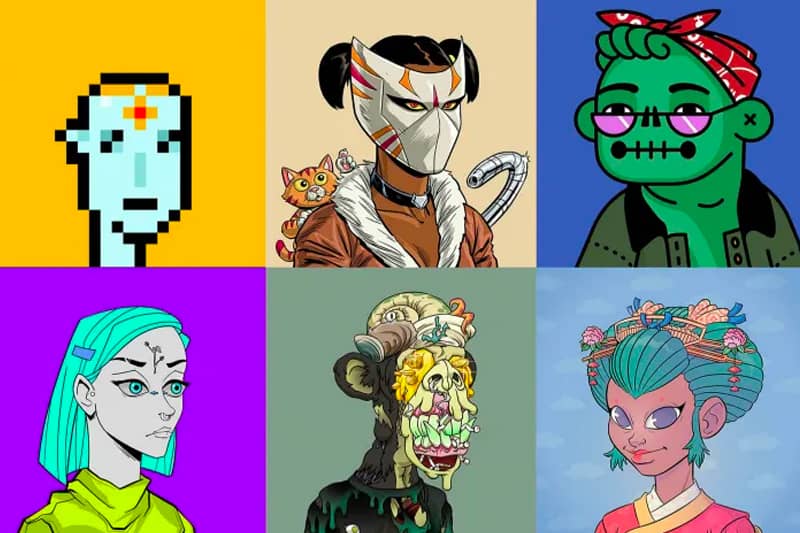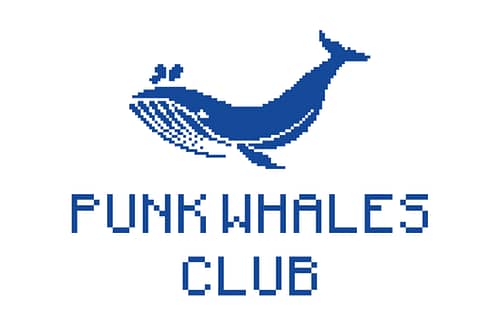NFTs can be seen everywhere nowadays. From the art market places for which they were designed to their implementation in car companies, gaming companies and even real estate.
Many critics have made sharp comments about the actual value of NFTs. Some skeptics claim that NFTs are just empty documents that have no tangible value in the real world because they don’t provide an asset that can improve people’s lives.
Others claim that the world of NFTs is full of scams, Ponzi Schemes, money laundering and all sorts of illicit schemes where some luck out and get rich, while others are stuck with the “hot potato.”
Most criticisms are exaggerations; others may hold some merit but are issues that every new technology and system can experience since it is still evolving and actively improving.
For example, the case of the artificial rise in prices through continuous exchanges back and forth. The tactic may have had some limited effectiveness in getting some people money in the past. Still, many platforms have adapted to algorithms that are supposed to detect such suspicious transactions and take action when necessary.
It’s not only that the critics o NFTs make heavy and untruthful claims about the potential downsides of NFTs, they also entirely miss on the positive and unique contributions that non-fungible tokens have offered to many creators and people who previously weren’t even into art.
Take the example of Dylan Field, CEO of the software company Figma, who has a portfolio of more than 600 NFTs, which spans an endless amount of collections from many artists.
Dylan sold one NFT from the CryptoPunk collection for more than $7.5 million years after buying it for just $15 000. He could most likely sell the rest or wait a while and then sell everything and earn himself a massive fortune.
Although there is an undeniable allure to this opportunity, Dylan is unlikely to pursue this path. According to him, “The work is not static. It’s a story being told. And that to me is the most interesting use of the technology.”
Dylan Field is one of many investors, venture capitalists, and tech executives who are not entirely driven by a need to make as much profit as possible. Instead, like many other crypto enthusiasts, Dylan is genuinely passionate about the future of crypto, decentralized currencies, and NFTs.
To him holding NFTs is not just a display of wealth and a possible way to earn himself more cash by flipping for a profit. NFTs are a unique opportunity for tech-savvy people with a habit of making money to step back and discover the merit that art could have.
NFTs offer you wealth and high status in the digital world, but this clout isn’t what he and many others are concerned with. NFTs are also art experiments that they can interact with and actively contribute towards.
To many crypto enthusiasts, NFTs are a pleasure you can enjoy in the present and the path towards a brighter future. One where people are not “shackled” by the gatekeeping of traditional art markets and institutions, which restrict the freedom of creators and prohibit certain styles and expressions that are unconventional.
NFTs offer a unique opportunity to give us a glimpse of what a digital world, one engulfed in the metaverse, with avatar-based virtual spaces would look like. Our profile pictures are a way to express who we are as people and where we belong.
Mikhael Naayem, co-founder and business officer for Dapper Labs, puts it brilliantly by saying, “Profile pics, in general, have always been a way for us to represent ourselves digitally . . . what community we’re part of . . . in the same way we wear clothing.”
Mikhael is an expert in NFTs as his hard work has allowed for the creation of CryptoKitties and NBA Top Shots, tokens representing highlights from basketball games, which are two of the most popular digital collections.
NFTs have been used for all kinds of exciting and sometimes bizarre purposes. They have been involved in real estate and even for the establishment royalties for music.
NFTs are usually just avatars of humans or animals, ranging from cats, dogs and even apes, that can quickly rise in value once you buy them. Each collection has its own distinct identity associated with them, or at least this is what the most successful collections have achieved.
A rise in value is not a mere increase of a few dollars, but very often a massive jump towards thousands and even millions of dollars.
NFTs not only offer you the unique opportunity to earn a profit once you sell them at a higher price, but many are given incentives to keep them. Having an NFT from a specific collection gives you the right to enter exclusive clubs.
Here we are not just talking about virtual chats and servers in Discord; some NFT collections can get you invited to actual meetings and parties in the real world.
For example, the extravagant and sometimes controversial Bored Ape Yacht Club in which even celebrities like Justin Bieber and Eminem are participating.
Experiencing the birth of your first child is a moment of joy, which to some is equal in happiness to joining the ape club. You can see it all over social media because when somebody enters the club, they claim they’ve “aped up” and follow with hashtags, such as #apesfollowape, to mark their new presence in the group.
NFTs are free from the restrictions of auction houses, galleries, and other traditional art institutions, but that doesn’t make them completely accessible. You must create a wallet for cryptocurrencies to purchase the required currency, and you may also encounter unexpected “gas fees,” which are required to purchase the NFT.
No matter the cost, buying NFTs is much more than a money-centered experience. Take the case of Hiten Shah, co-founder, and chief executive of security-software company Nira, who claims that “The real analogy is that this is like Facebook Groups on steroids, with financial incentives.”
NFTs offer substantial financial opportunities, but they are also a way for you to join communities and make friends by interacting with people. Throughout his journey, Shah has gathered a massive collection of around 1000 NFTs but what has been most valuable is the connections that they offered and the experiences on the way.
“I’ve made an incredible amount of relationships. That trumps everything else about this in my mind.”, says Hiten Shah.
Unfortunately, the world of NFTs isn’t always one full of rainbows. “We need to check ourselves not to become greedy and stay educated on the types of scams out there. If it seems too good to be true, it is,” says Tegan Kline, who’s the co-founder of the Edge & Node crypto group.
He’s a former investment banker for the Bank of America who took the leap towards crypto out of curiosity and the promise of new financial opportunities. While navigating this new exciting, but sometimes dangerous world Tegan has encountered “rug pull” schemes.
Rug pulls are scams where the founders remain anonymous when offering NFTs, very often make grand promises to artificially drive the price of their collections up, and end up running away with the funds once they’ve sold the NFTs.
The NFT world has been riddled with problems such as money laundering, market manipulation, and infringement of copyright. This isn’t a unique issue to many because those were always present in traditional art markets and can’t be eliminated.
Take the example of Schmrupto, a crypto enthusiast that has gone all-in on crypto and NFTs. “I dumped pretty much all my net worth into cartoons, cats and monkeys at just the right moment,” has decided not to link his real-world identities to his social profiles to protect himself better.”, says Schmrupto.
According to him, those were not only issues already present in art markets, but “An NFT does everything that traditional art does but better, other than being able to hold it in your hand. It has color range, movement, provenance in a way that does not exist in real art.”
It’s a convenience that NFTs offer and the unique opportunity for more discourse around art and the democratization of the whole process. NFTs exist in a tightly interconnected environment of social platforms, allowing for transparency in the transactions and easy connection between creators and potential buyers.
Some have even gone to the point of comparing the transition from “feudalism to democracy” with the change from traditional art institutions to NFTs, which has empowered creators and buyers to experiment and bring out their creativity with no constraints.






